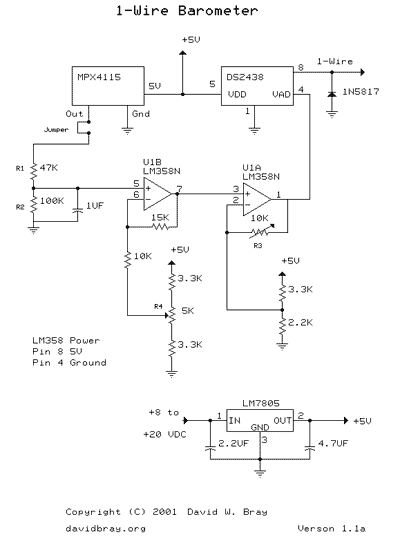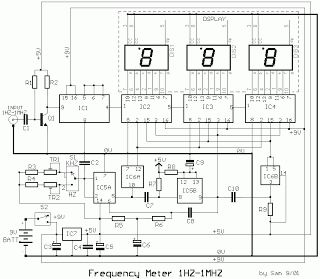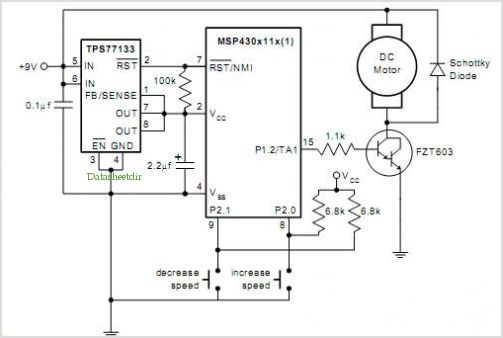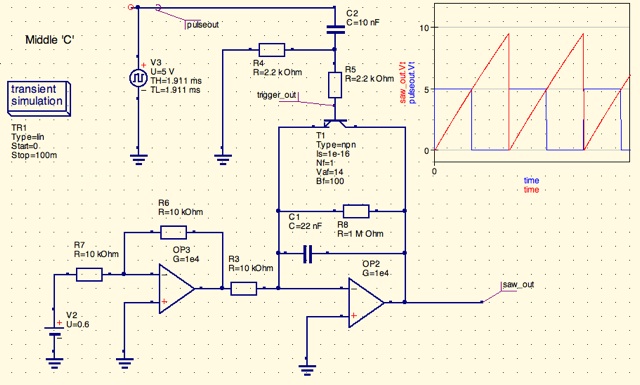
using thermopile sensor in ir digital thermometers
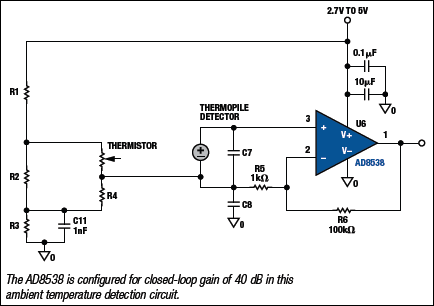
Due to their speed, accuracy, effectiveness, and cost-efficiency, infrared (IR) digital thermometers have supplanted traditional mercury thermometers. An ear digital thermometer utilizes a thermopile sensor to measure the infrared heat emitted by the eardrum, which correlates with the temperature of the hypothalamus.
Infrared digital thermometers operate based on the principle of detecting infrared radiation emitted by objects, which in this case is the human body. The thermopile sensor consists of multiple thermocouples connected in series or parallel, allowing it to convert infrared radiation into an electrical signal. This signal is then processed to provide a temperature reading.
In an ear digital thermometer, the design typically includes an infrared lens that focuses the emitted infrared radiation from the eardrum onto the thermopile sensor. The sensor's output is amplified and converted into a digital signal, which is then displayed on a digital readout. The thermometer may also incorporate a microcontroller for processing the signal, managing the display, and ensuring accurate temperature readings.
To enhance accuracy, many IR digital thermometers are calibrated to account for various factors, such as ambient temperature and distance from the measurement point. Additionally, some models may include features like memory functions to store previous readings, or a fever alert system that indicates when a measured temperature exceeds a predefined threshold.
Overall, the integration of a thermopile sensor, digital processing, and user-friendly design elements makes infrared digital thermometers a valuable tool in both clinical and home settings for quick and reliable temperature assessment.Because of their speed, accuracy, effectiveness, and cost, infrared (IR) digital thermometers have replaced traditional mercury thermometers. Using a thermopile sensor, an ear digital thermometer measures the infrared heat of the eardrum, which reflects the temperature of the hypothalamus..
🔗 External reference
Infrared digital thermometers operate based on the principle of detecting infrared radiation emitted by objects, which in this case is the human body. The thermopile sensor consists of multiple thermocouples connected in series or parallel, allowing it to convert infrared radiation into an electrical signal. This signal is then processed to provide a temperature reading.
In an ear digital thermometer, the design typically includes an infrared lens that focuses the emitted infrared radiation from the eardrum onto the thermopile sensor. The sensor's output is amplified and converted into a digital signal, which is then displayed on a digital readout. The thermometer may also incorporate a microcontroller for processing the signal, managing the display, and ensuring accurate temperature readings.
To enhance accuracy, many IR digital thermometers are calibrated to account for various factors, such as ambient temperature and distance from the measurement point. Additionally, some models may include features like memory functions to store previous readings, or a fever alert system that indicates when a measured temperature exceeds a predefined threshold.
Overall, the integration of a thermopile sensor, digital processing, and user-friendly design elements makes infrared digital thermometers a valuable tool in both clinical and home settings for quick and reliable temperature assessment.Because of their speed, accuracy, effectiveness, and cost, infrared (IR) digital thermometers have replaced traditional mercury thermometers. Using a thermopile sensor, an ear digital thermometer measures the infrared heat of the eardrum, which reflects the temperature of the hypothalamus..
🔗 External reference
